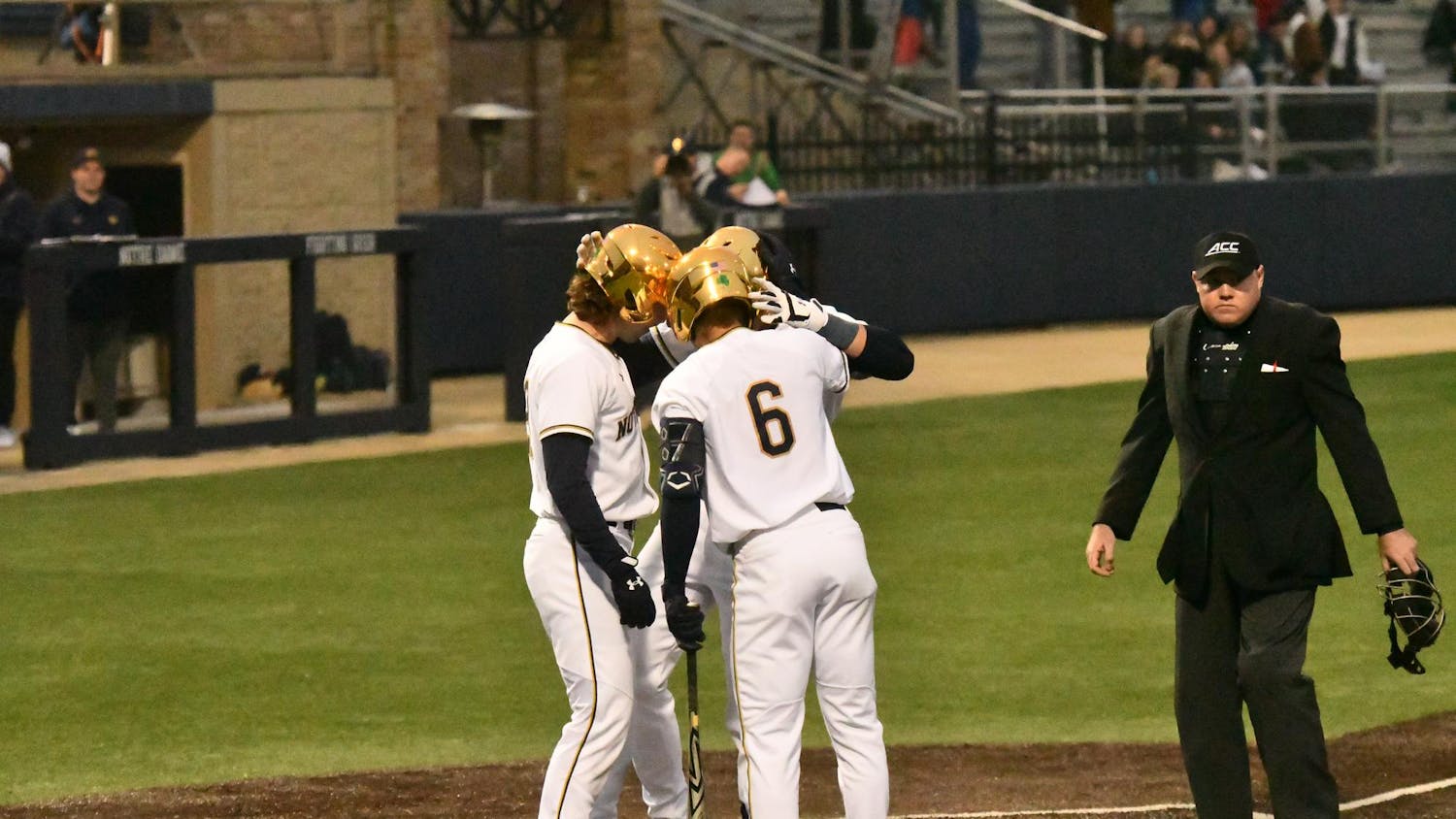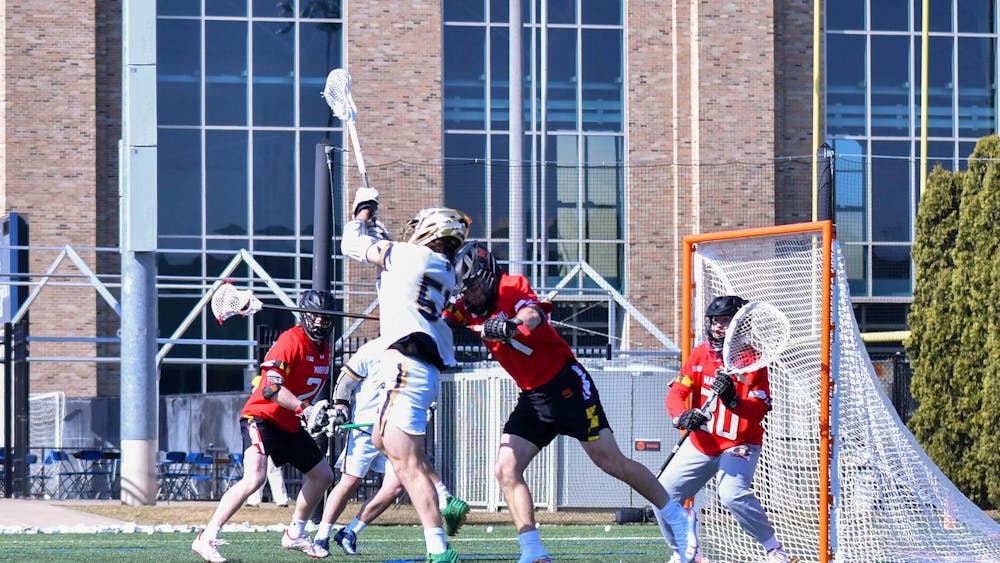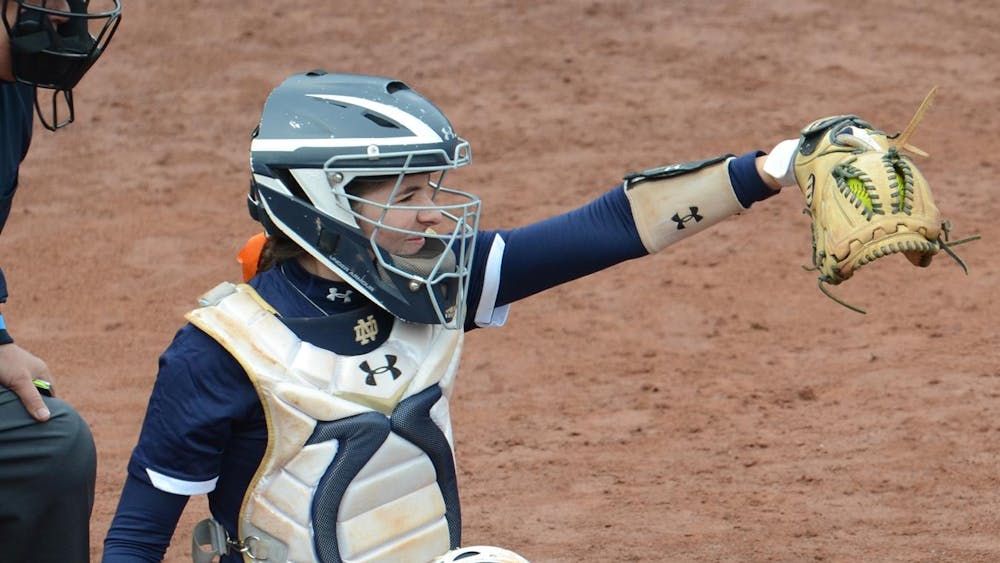Well, it’s a new school year, so naturally we have to fight the same old, unsettled battles. This one — the fight over whether or not to compensate college athletes — has finally taken a new twist, with the State of California leading the charge.
Little background: the NCAA considers itself a league of amateurs, thereby excluding athletes from receiving compensation for the revenue generated based on their identities and likeness. Although there have been various iterations throughout the past 100 years, this general classification of amateurism has remained constant since the conception of the NCAA in 1906. While this issue has been controversial for much of the last half century, it’s taken over court rooms in recent history, embroiled in scandal along the way.
In 2014, Ed O’Bannon, a former UCLA basketball player, was the leading plaintiff in a case challenging the NCAA’s use of collegiate athlete images for commercial use. O’Bannon was eventually joined by basketball legends Bill Russell and Oscar Robertson in the suit. While the presiding judge did determine that the NCAA was in violation of antitrust laws and ordered that cost-of-living expenses be factored into the scholarship availability to athletes, the case was ultimately rejected by the Supreme Court and left largely inconclusive.
Now California’s once again throwing their hat in the ring as they take a stab at the NCAA with the Fair Pay to Play Act. This past Monday the State Assembly passed SB 206 73-0 (six legislatures recorded a “no vote”). The law essentially revisits what O’Bannon’s suit was aiming to accomplish by allowing athletes the right to negotiate contracts with third party groups over the use of their identities. This would include video games, t-shirts, bobble heads, etc.
The bill is now on its way to Governor Gavin Newsom’s desk, where he’ll have 30 days to sign it into law. Even once that occurs, though, it won’t actually go into effect until 2023, during which time the NCAA is expected to enlist the full force of their legal opposition.
While this bill does a good job of addressing some of the major shortcomings — and honestly, greediness — of the NCAA in capitalizing on their athletes, something’s still missing — the universities.
We all want to believe in the beauty of a system that provides athletes the opportunity to attend colleges they may not have been able to otherwise and equip them with resources to carry them beyond their athletic careers all while uniting a community for a common cause. But that’s not the reality.
In 2016, the average length of an NFL player’s career was 2.66 years. Those numbers have held consistent in recent years, especially considering increasingly valid concerns about CTE and long-term sustainability. Take into consideration the fact that NFL players are pension-eligible after playing in the League for three season. It’s fair to suspect that a lot of NFL players make quick money but fall short of sustainable earnings, in terms of money made directly from the League.
These opportunities are even rarer for many lower-profile sports whose recognition is often reserved for only the most elite every four years at the Olympics. Basketball is perhaps the only exception to this rule, with NBA players having longer careers and typically larger contract availability. But even then, there’s still considerable risk and that same trend certainly doesn’t apply to the WNBA, where players often have to work additional jobs throughout their professional careers.
If that still doesn’t startle you, then consider this. 60% of NBA players go broke within five years of retiring and 78% of NFL players are under financial strain within two years of leaving the League. That’s with multi-million dollar contracts.
While it might be easy to say financial literacy is their own responsibility, that’s a tough pill to swallow when you consider how much their college profited off of them from the ages of 18 to 22.
If you don’t believe me, look no farther than our own campus. Just this week, Notre Dame football was announced to have brought in the eighth-highest average revenue of FBS programs over the past three years at $120 million. When you factor in total profit, the Irish actually rank fifth nationally with an average of $76 million over the past three years. With 114 rostered players, that would come out to over half a million dollars annually per player.
Now I’m not suggesting that we start writing million-dollar checks to 18-year-olds. First of all, I think that would take away from the uniqueness of collegiate sports. I also think that it would deepen the divide between athletes and regular students.
However, I do think these statistics suggest we have a responsibility to look out for our student athletes beyond their time wearing our uniforms. There’s no reason athletes couldn’t receive a share of the profits they produce and be guaranteed an extended scholarship should they choose to complete or extend their academic career.
If we truly are concerned with investing in them as student-athletes, let’s back it up. Sports fundamentally changes the direction of universities. We hear countless stories of schools making a deep run in March Madness or having star athletes that then transfers to more applicants, donors and fans. It’s time for colleges and universities to get on board.













